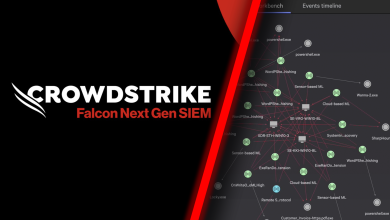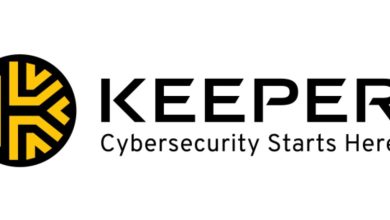Why Identity Management Day is More Than Just Another Tech Day

It seems these days, there’s a designated “day” for just about every facet of the IT world. From the serious business of World Backup Day on March 31st, reminding us of the digital apocalypse we perpetually flirt with, to the perhaps slightly less critical (but no less celebrated in some circles) SysAdmin Appreciation Day in late July, the calendar is filling up with tech-centric commemorations. And nestled amongst these important dates, on the second Tuesday of April, we find a day that’s gaining more significance with each passing year: Identity Management Day.
Once upon a time, identity management was an IT back-office concern. Now? It’s front and centre in the fight against everything from ransomware to regulatory fines. With more and more doors opening to cloud platforms, SaaS tools, and hybrid environments, it’s no longer just about keeping the bad guys out — it’s about making sure the right people get in, at the right time, for the right reasons. Perhaps this is why so many CISOs are now treating identity as the new security perimeter.
Securing the Future as AI Takes the Lead
 Ping Identity’s Chief Product Architect, Patrick Harding, believes that Identity Management Day takes on a whole new meaning this year, especially as individuals and organisations find themselves not only responsible for managing human identities but also increasingly tasked with overseeing AI, as it assumes agentic roles on behalf of humans.
Ping Identity’s Chief Product Architect, Patrick Harding, believes that Identity Management Day takes on a whole new meaning this year, especially as individuals and organisations find themselves not only responsible for managing human identities but also increasingly tasked with overseeing AI, as it assumes agentic roles on behalf of humans.
“The impact AI will have on identity is far greater than we anticipate. For that reason, it’s important for businesses and individuals to ensure their security practices keep pace with the rapid evolution of technologies like AI,” he explained.
Patrick added that leaning into approaches like zero trust architectures and decentralised identity models is that much more critical in a digital-first world. “As AI attacks target centralised repositories of personal data and look to mimic trusted users, it’s imperative to ensure data isn’t gathered in one vulnerable location and every user is verified, regardless of who they are or claim to be. As the way we work changes, it’s critical we secure our workforce, build customer trust, and deliver the seamless and secure digital experiences individuals deserve.”
The Shift from Malware to Identity Exploits
Fabio Fratucello, Field CTO World Wide, offered a sharp perspective on why Identity Management Day matters more than ever. “Today’s adversaries aren’t breaking in—they’re logging in. Attackers have shifted from traditional malware-based methods to exploiting identity gaps and using stolen credentials to silently infiltrate environments,” he said.
 Fabio explained that once attackers gain access, they operate like legitimate users—evading legacy security tools and moving laterally across identity, endpoint, and cloud environments. Citing CrowdStrike’s 2025 Global Threat Report, he noted that 79% of initial access is now malware-free, with access broker activity surging by 50% year over year. “The reality is that traditional security measures, previously effective against malware-driven attacks of the past, are now inadequate,” he explained, adding that Identity Management Day is a timely reminder for organisations to reassess their identity security posture and take a proactive, identity-first approach to defence.
Fabio explained that once attackers gain access, they operate like legitimate users—evading legacy security tools and moving laterally across identity, endpoint, and cloud environments. Citing CrowdStrike’s 2025 Global Threat Report, he noted that 79% of initial access is now malware-free, with access broker activity surging by 50% year over year. “The reality is that traditional security measures, previously effective against malware-driven attacks of the past, are now inadequate,” he explained, adding that Identity Management Day is a timely reminder for organisations to reassess their identity security posture and take a proactive, identity-first approach to defence.
He went on to elaborate that this includes implementing zero trust principles, ensuring identities are continuously monitored, hardening authentication with MFA and passwordless authentication, deploying AI-powered threat detection and intelligence, and eliminating unnecessary access privileges.
Additionally, organisations need a unified security platform–powered by real-time intelligence–that correlates identity, cloud and endpoint activity to provide comprehensive visibility across domains and eliminate blind spots. With an identity-centric security strategy and unified security platform in place, organisations can focus on stopping the breach.
Identity Management as the Bedrock of Security
So, while the IT calendar might seem ever-expanding, let’s treat Identity Management Day not as just another date on the calendar, but as an important checkpoint. It’s becoming clear that today, the keys to the kingdom are increasingly digital, and the threats are growing more sophisticated.
Therefore, embracing robust identity management shouldn’t be viewed as optional—it’s the foundation upon which secure and resilient digital futures are built. Let this day remind us to actively build a more secure digital world, one identity at a time.




